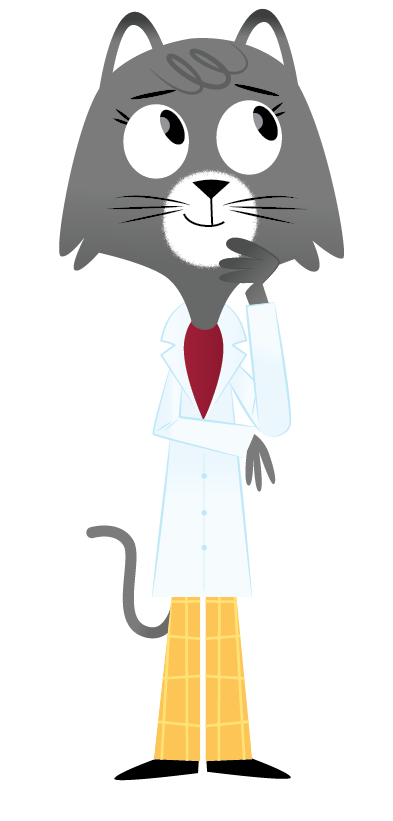Dear Daiwik,
If you are anything like me, you like watching the night sky. The stars we see are a lot like our nearest star, the sun. They are just much farther away. That makes stars look like small twinkly things instead of a big, furious thing like our sun.
We can’t make a star on Earth simply because it would be just so large. That’s what I found out when I visited the planetarium here at Washington State University. I met up with my friend and astronomer Guy Worthey.
Even the smallest stars are pretty big compared to Earth, he said. Maybe you’ve heard of stars like Trappist-1 or Proxima Centauri. These stars are ten times the size, or diameter, of earth. The sun is nearly 100 times larger. And the largest stars, hold on to your hat if you have one, are 150,000 times the diameter of earth, Worthey said.
It’s an interesting question you ask about we why need stars. It got me wondering what life would be like or if there could be life at all without stars. For one, it would be a pretty cold, dark place if the sun didn’t exist.
While some living things exist in dark places on our planet, almost all life as we know it depends on the sun. Plants use energy from sunlight to fuel the process that makes their food. In this process, they also make the oxygen that we breathe. Animals eat plants. Some animals eat other animals. When animals eat plants and other animals, they in effect get energy that started with the sun. You know, we are all pretty connected. And we can trace a lot of these connections back to stars.
 When a star is born, it forms from a cloud of collapsed gas that pulls itself together with the help of gravity. Scientists estimate more than 100 billion stars are born and die each year. That’s more than 275 million stars per day in the observable universe.
When a star is born, it forms from a cloud of collapsed gas that pulls itself together with the help of gravity. Scientists estimate more than 100 billion stars are born and die each year. That’s more than 275 million stars per day in the observable universe.
Stars keep themselves fueled. They fuse elements together to make new elements. While we can’t make an actual star on Earth, some scientists are curious about creating this kind of reaction in the lab.
In stars, hydrogen atoms fuse together to make helium. Once the star runs out of hydrogen, the helium atoms fuse together to make carbon. Eventually, stars uses all their energy and die. Sometimes the huge stars will explode. The star stuff spews out into space. When conditions are just right, gravity helps pull this space stuff together to form new planets and stars.
We might not be able to make a star on Earth, but I must admit the view of the stars from our planet can be spectacular. Tonight, I’ll be taking an extra a moment to look up. Maybe you will, too. Who knows, the view might inspire a whole bunch new questions–and it will be quite pretty.
Sincerely,
Dr. Universe
ABOUT ASK DR. UNIVERSE
- Ask Dr. Universe connects K-8 students with researchers at Washington State University through Q&A. Students can submit science questions on the ASK page.
- Are you a teacher, parent, or curious grown-up? Follow along on Twitter or Facebook.
- Do you want to reprint this Q&A? Just send a message to Dr.Universe@wsu.edu.